Every day, you get to see something new in the creative field. A few years ago, learning software like Photoshop, Premiere Pro, or Ableton Live felt time-consuming. Now, with Artificial Intelligence, everything seems easy. These AI tools aren’t here to replace artists; they’re here to help them. They will help artists handle repetitive tasks, offer creative ideas, and open doors to new possibilities.
In this blog, we’ll walk you through how to use AI in graphic design, audio production, and video editing. You’ll learn how these tools can be useful in your daily workflow, boost your productivity, and help you focus more on creativity than on complexity. Let’s explore how technology and imagination can come together to make your creative process faster, smarter, and more inspiring.
Whether you’re a creator in India, the U.S., or anywhere in the world, these AI-powered tools are redefining how graphic designers, musicians, and video editors work globally.
This blog explains how AI simplifies creative workflows in graphic design, sound design, and video editing—covering tools like Adobe Firefly, AuDimix, Beatoven.ai, Capto, and more.
Graphics / Visual Design
AI design tools used by professionals across regions—from Adobe Firefly in the U.S. to Canva Magic Studio popular in Asia-Pacific—are reshaping the creative workflow globally.
What kinds of graphics benefit from AI?
- Background removal / automatic masking: Removing backgrounds or isolating subjects in images.
- Style transfer and generative visuals: Generating images from text prompts, or transforming existing visuals into new styles.
- Batch-processing & resizing for multiple platforms: Automatically scaling assets for different social media formats.
- Design suggestions & layout assistance: Generating design variants or suggesting palettes and compositions.
Idea Generation and Rapid Prototyping
The initial design phase can be the biggest bottleneck. AI tools solve this with quick Text-to-image generation.
- Concept Mockups: Need a banner ad for a new product, or a concept for a futuristic cityscape? Instead of sketching for hours or sifting through stock photo sites, a well-crafted prompt in a tool like Adobe Firefly or Midjourney provides a dozen high-quality options instantly. This rapid feedback loop dramatically accelerates UI/UX design and mood boarding.
- Vector Graphics and Icons: Some AI graphic design platforms can now generate scalable vector graphics directly from text, providing ready-to-use assets for web design, apps, and print materials, thereby saving designers from tedious manual creation.
Seamless Integration with Professional Software
Major players have integrated Machine Learning directly into their flagship products, turning routine edits into single-click actions.
- Adobe Firefly’s Generative Fill: This feature in Photoshop uses AI-powered content awareness to perform impossible edits. Selecting an area and typing a prompt—such as “make this person wear a spacesuit” or “extend the background to the left”—instantly applies the change, complete with realistic shadows and textures. This makes complex photo manipulations simple and saves hours on compositing.
- Background and Object Removal: Tools like Remove.bg, often integrated into platforms like Canva Magic Studio, use AI to cleanly isolate foreground elements. This is a massive boon for e-commerce, product photography, and creating clean marketing visuals, making the removal of backgrounds a matter of milliseconds.
- Branding and Logos: AI Logo Maker platforms analyze design principles, color theory, and competitor data to instantly generate a full range of branding options, complete with color palettes and font suggestions, providing a strong starting point for new businesses or rebrands.
By adopting these AI tools, graphic designers shift from being manual laborers to highly efficient creative directors, curating the AI’s output rather than painstakingly creating every pixel themselves.
Audio / Sound Design
Why AI matters in audio production
Audio editing and mastering can be time-consuming (cleaning noise, balancing levels, adding effects). AI tools now support tasks like noise reduction, voice-enhancement, automatic mixing, and even spatial audio effects.
AI in sound design enhances recordings, cleans noise, and automates mixing and mastering.
The Power of Clean Audio
High-quality audio used to require expensive equipment and studio rooms. With AI software you can record professional-quality sound on your phone.
- Noise Cancellation and Restoration: Tools like AudiOn, DolbyOn, and others use deep Machine Learning to identify and eliminate background noise, echoes, and other distractions in real-time. This is important for remote interviews and cleaning up field recordings. You need to search for the best noise reduction apps for iOS and Android to record clear recordings on your phone.
- Podcast Editing and Filler Removal: Platforms like Descript and AudiOn automate the tedious process of editing spoken word. They auto-transcribe the audio, allowing you to edit the podcast simply by editing the text. Furthermore, the AI-powered engine can instantly locate and remove “ums,” “uhs,” and long silences, streamlining the entire Podcast editing workflow. You can get clear audio recording in one-tap.

AI Tools for YouTube & Reels Creators
Music and Post-Production Mastery
AI tools are now assisting in Music production: mixing and mastering.
- AI Mastering: Services like LANDR use sophisticated algorithms trained on thousands of professionally mastered tracks to deliver a radio-ready master in minutes. You simply upload your track, and the AI mastering service optimizes the loudness, compression, and EQ, providing a professional sound for a fraction of the cost and time of a human engineer.
- Vocal and Instrumental Isolation: Tools like AuDimix perform high-quality Vocal isolation and stem separation. This allows producers to cleanly extract an acapella or instrumental track from a mixed song—a process that was once extremely difficult and required specialized Audio editing knowledge.
- AI Music Composition: For creators needing background scores, AI music composer platforms like Beatoven.ai generate unique, royalty-free music based on mood, genre, and length. This is perfect for video creators who need custom scores quickly, avoiding licensing headaches.
Video Production / Editing
The role of AI in video
Video editing traditionally demands significant manual effort: cutting, color grading, stabilizing, and creating motion graphics. Now AI supports features like auto-cut detection, background removal, text-based editing, upscaling, and even generating video from prompts.
The rise of generative video has compressed the timeline for creating compelling visual content.
- Text-to-Video and B-roll Generation: Platforms like Runway ML and Google Veo allow users to generate entirely new video clips and B-roll generation simply by typing a prompt (“a golden retriever riding a skateboard on a beach at sunset”). This dramatically cuts down on the need for stock footage or costly custom shoots, enabling creators to scale Video production rapidly.
- Short-Form Content Creation: For social media, tools like OpusClip or Munch utilize Machine Learning to analyze long videos (like a webinar or podcast) and automatically extract the most engaging, high-retention moments. It then re-formats them for platforms like TikTok or Reels, complete with automatic captions, optimizing the process of creating high-volume Short-form content. If you simply want to edit your videos, prepare presentations, or give voiceovers, you can try Capto.
AI video editing tools save time with text-based editing, auto-clipping, and video generation.
Bottom Line
The use of AI tools in graphic, audio, and video software is one of the biggest changes the creative world has ever seen. It’s making professional-level work easier for everyone, taking care of monotonous tasks, and giving creators more time to come up with ideas, tell stories, and connect with people.

AI video editing tools
FAQs
Are AI tools replacing human creativity?
No. AI tools are meant to assist, not replace, human creativity. They handle repetitive and time-consuming tasks so you can focus on imagination, storytelling, and design decisions that only a human can make.
Will using AI tools affect the quality of my work?
When used correctly, AI tools will enhance your work quality and reduce human error.
Can AI tools improve audio quality?
Yes! AI audio tools can reduce background noise, remove echo, balance sound levels, and even enhance vocals for podcasts, songs, or voiceovers.




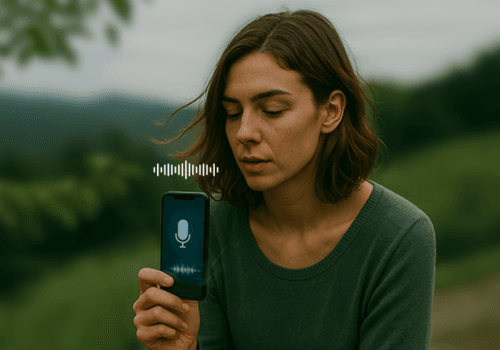
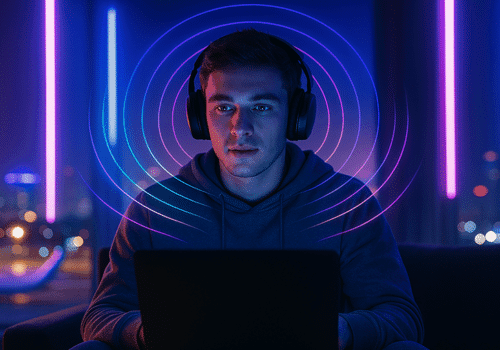
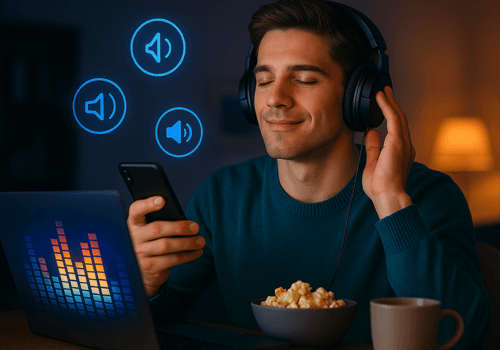
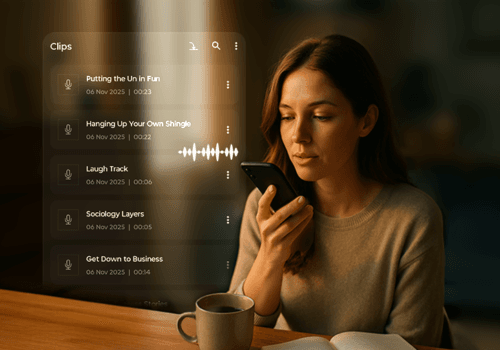
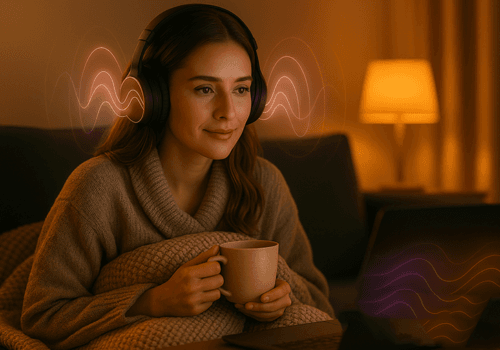
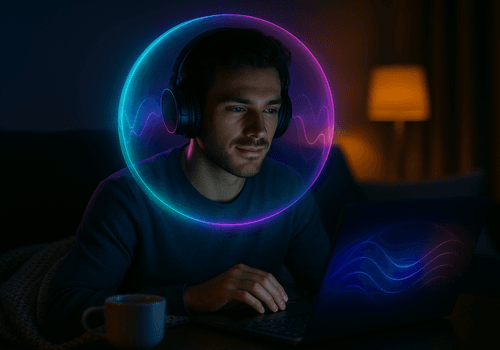

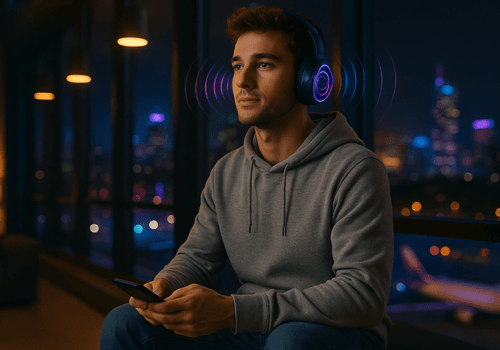
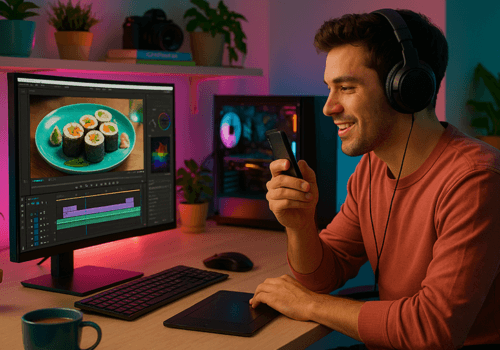
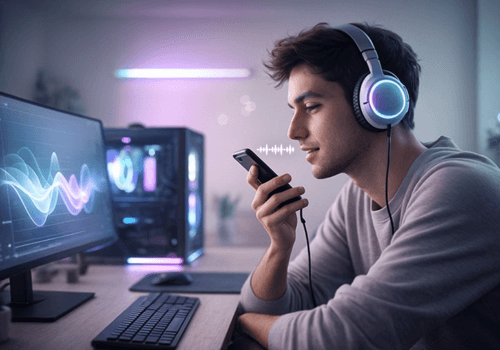
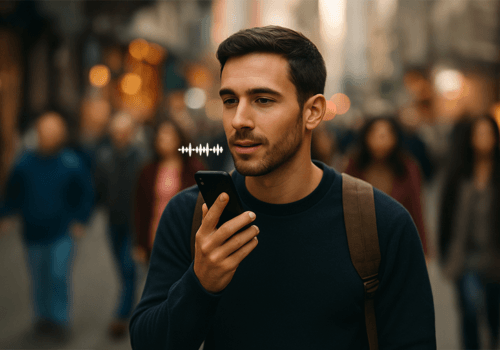
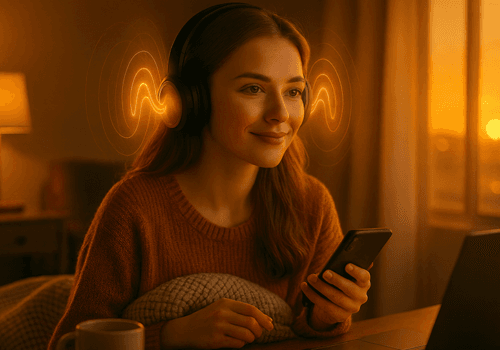
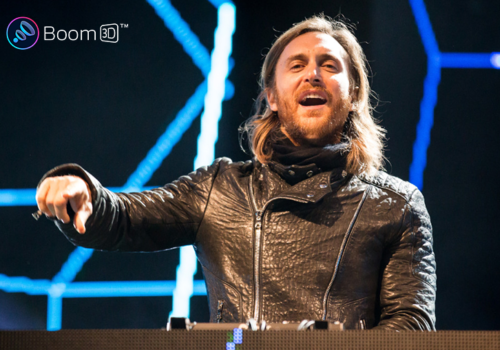


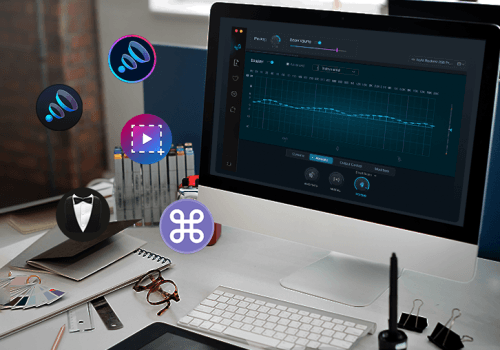
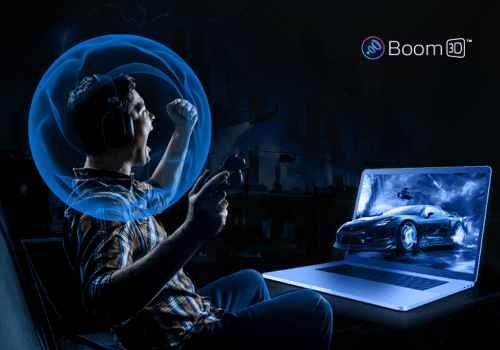
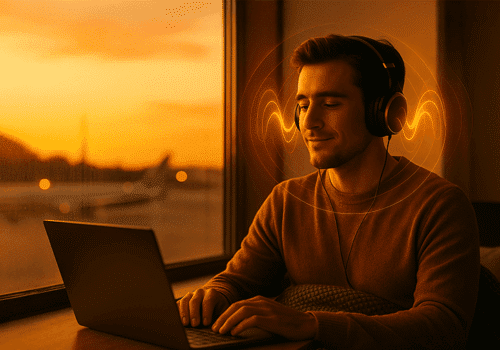

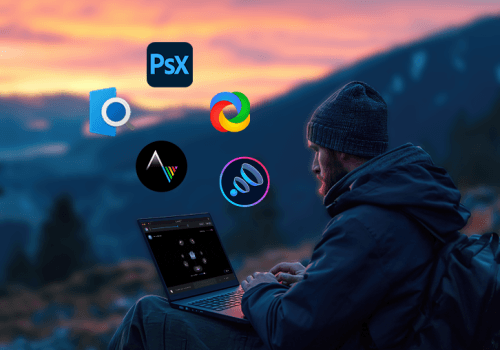
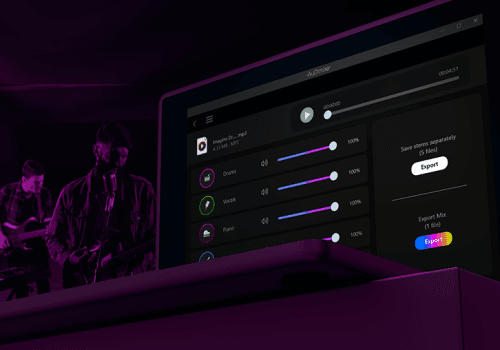
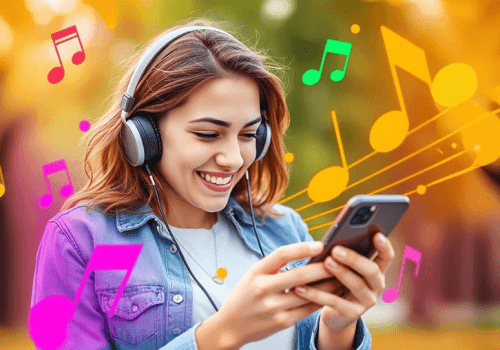
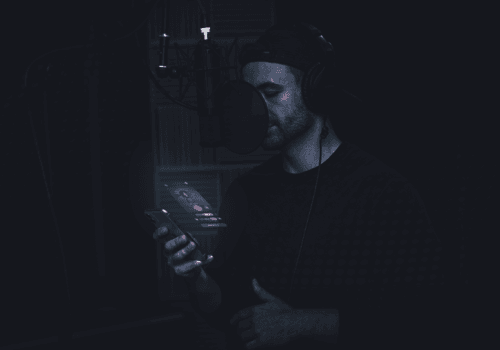
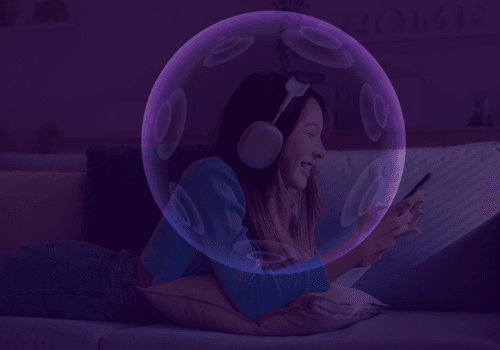
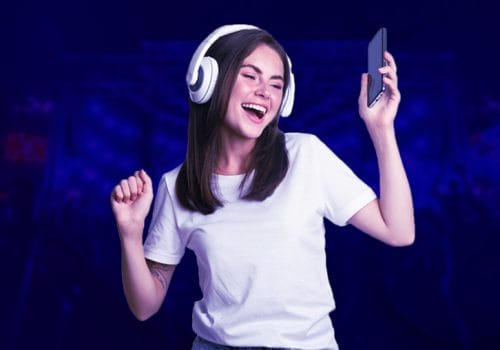
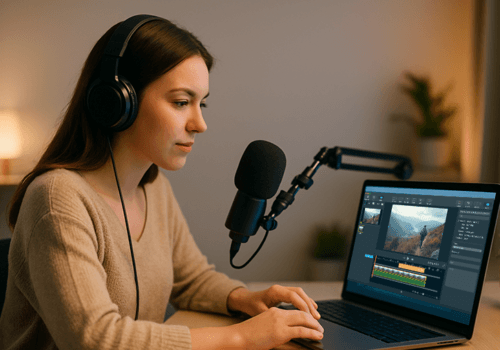


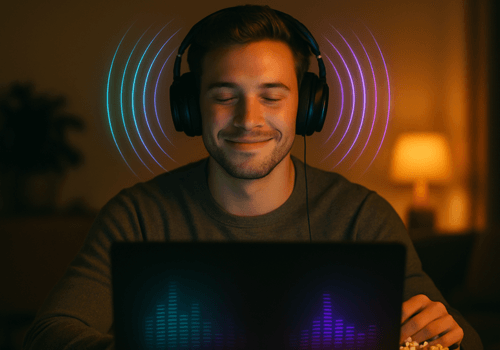
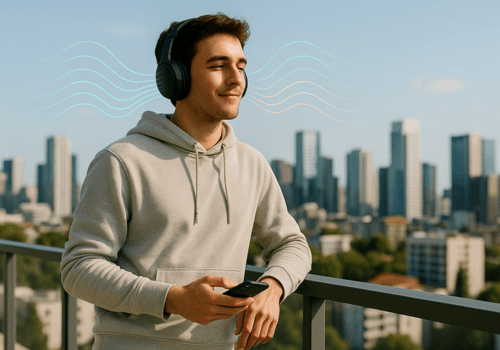
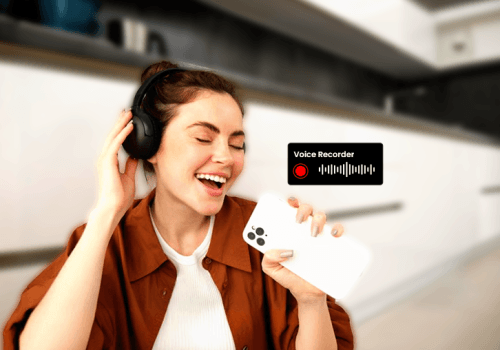


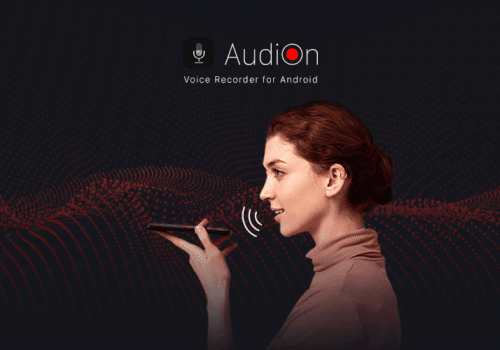
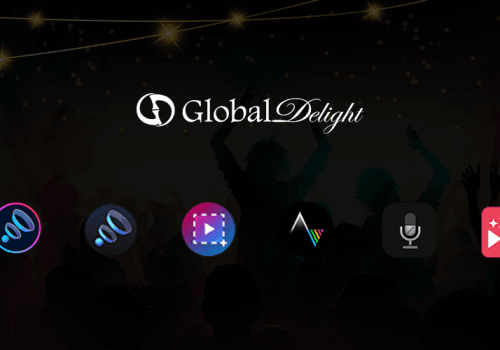


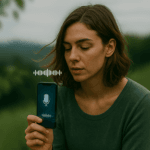
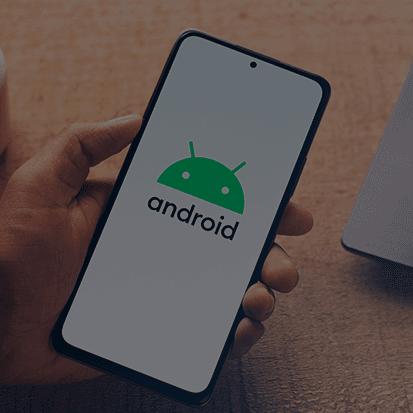
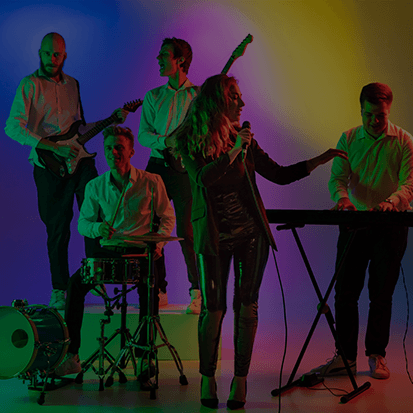
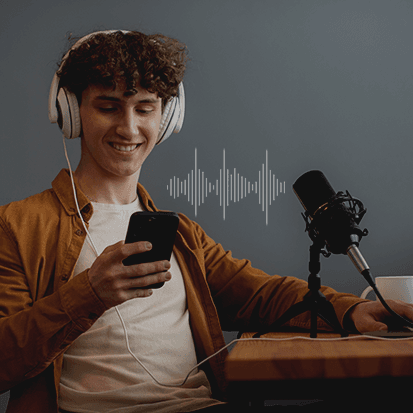
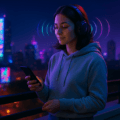


Pingback: Top Voice Transcription Apps: Convert Speech to Text Fast
Pingback: Music Separation in AuDimix: How It Works? - Global Delight